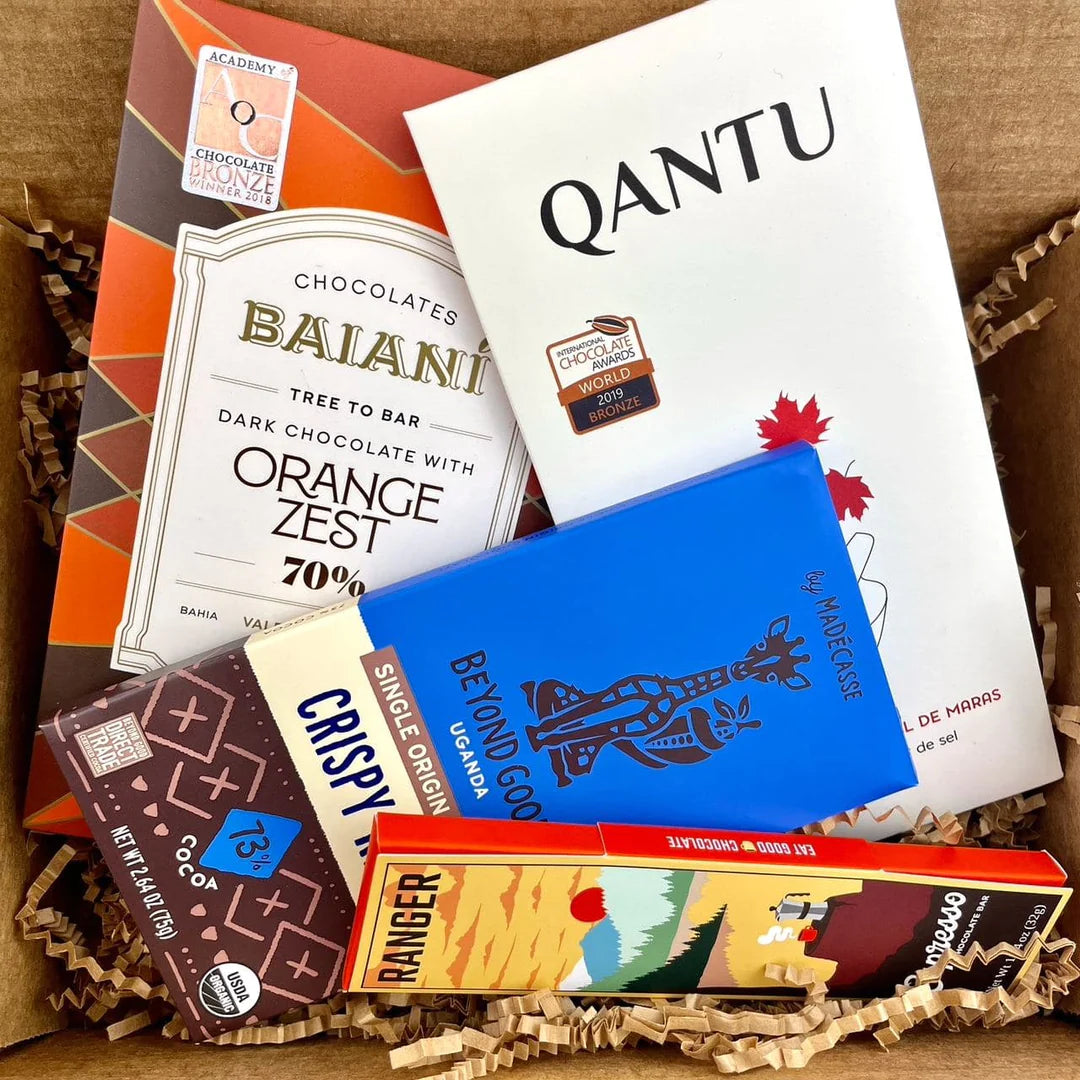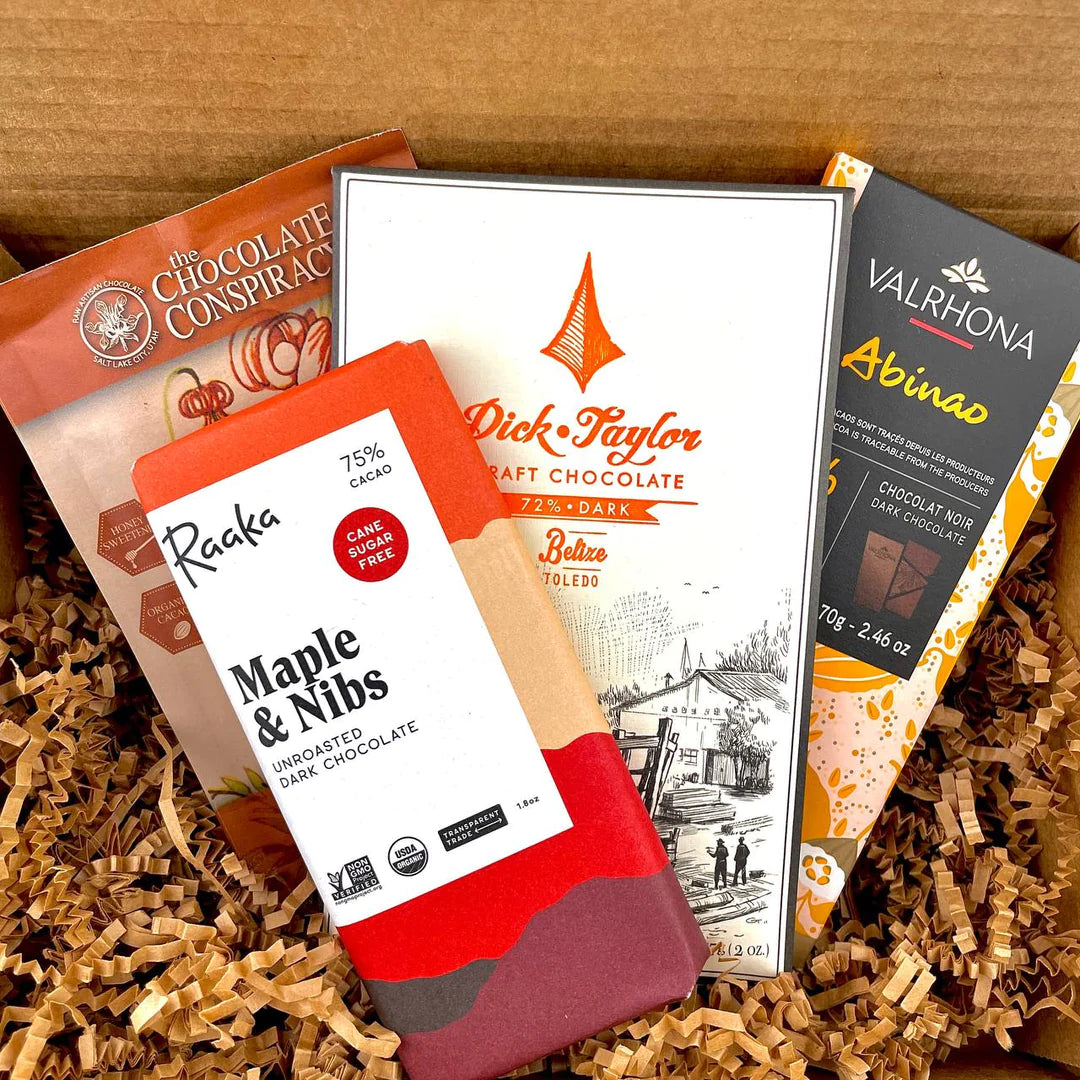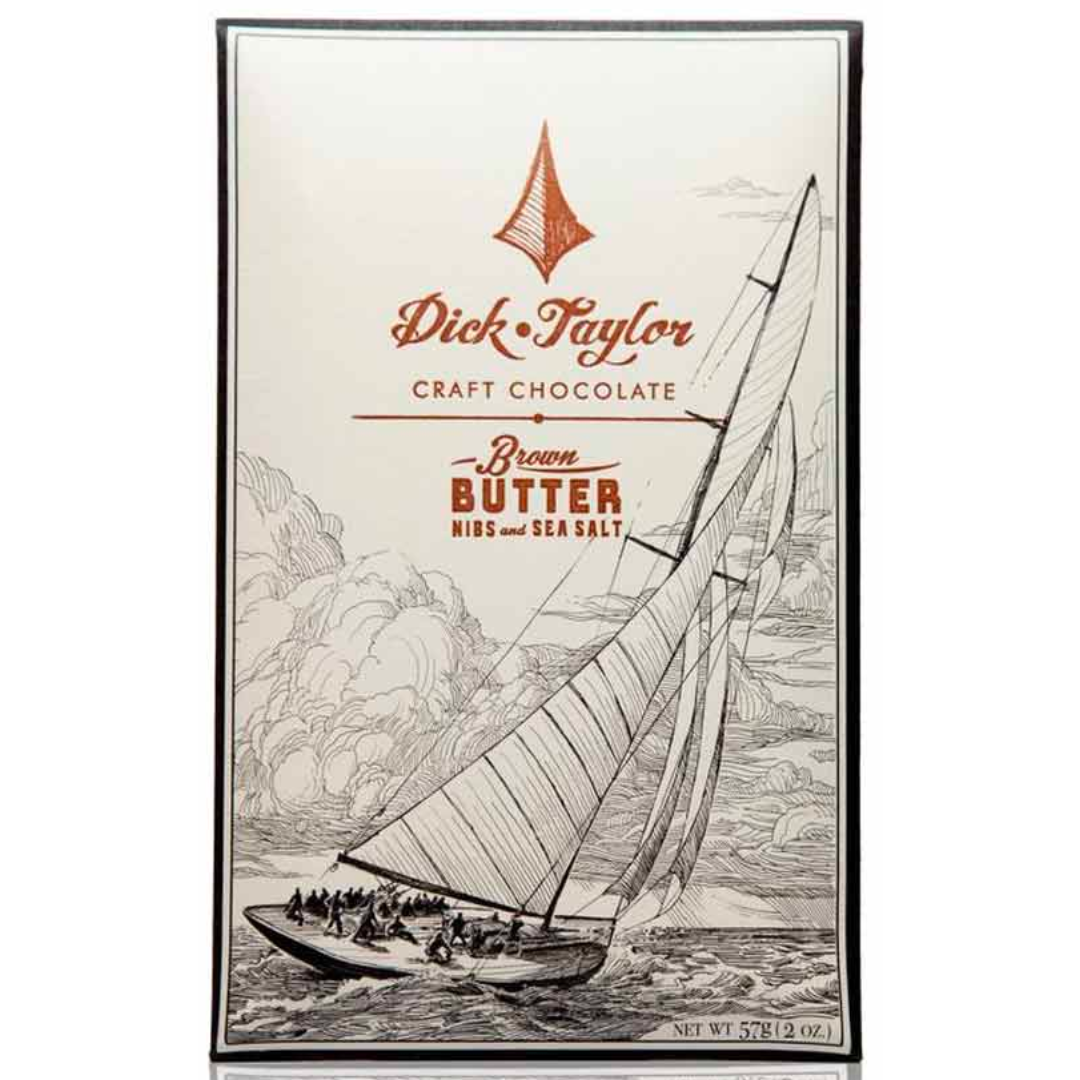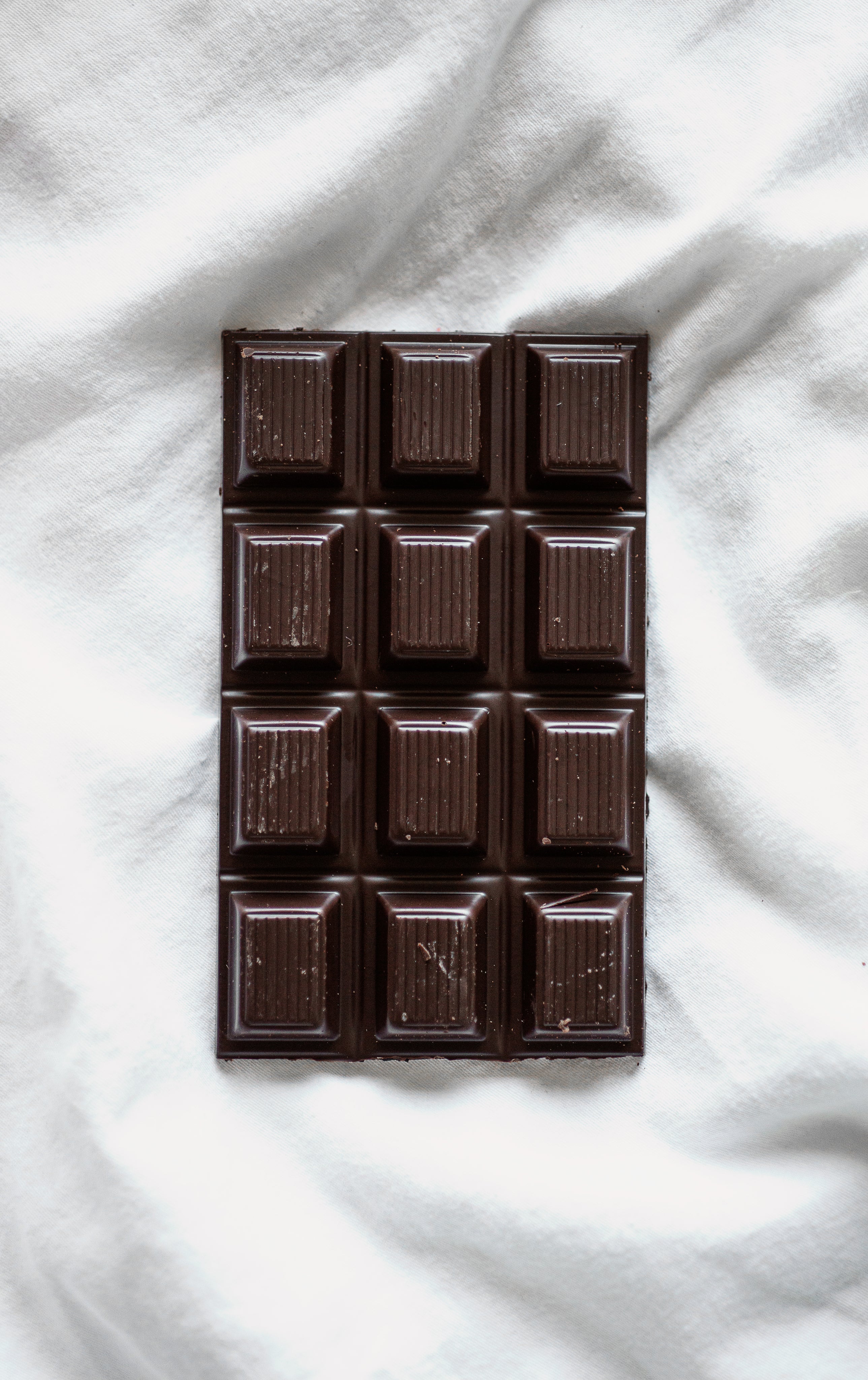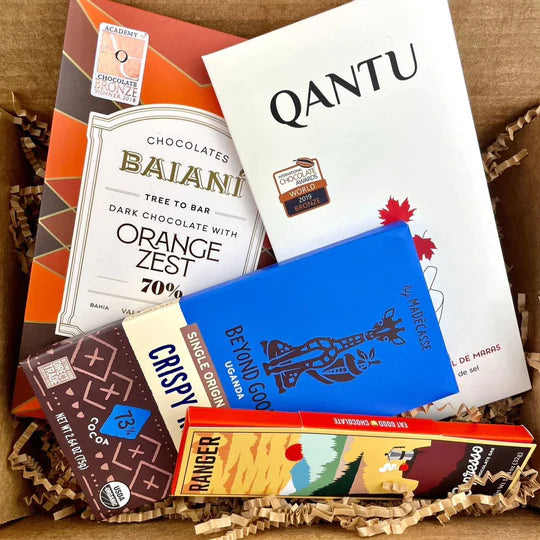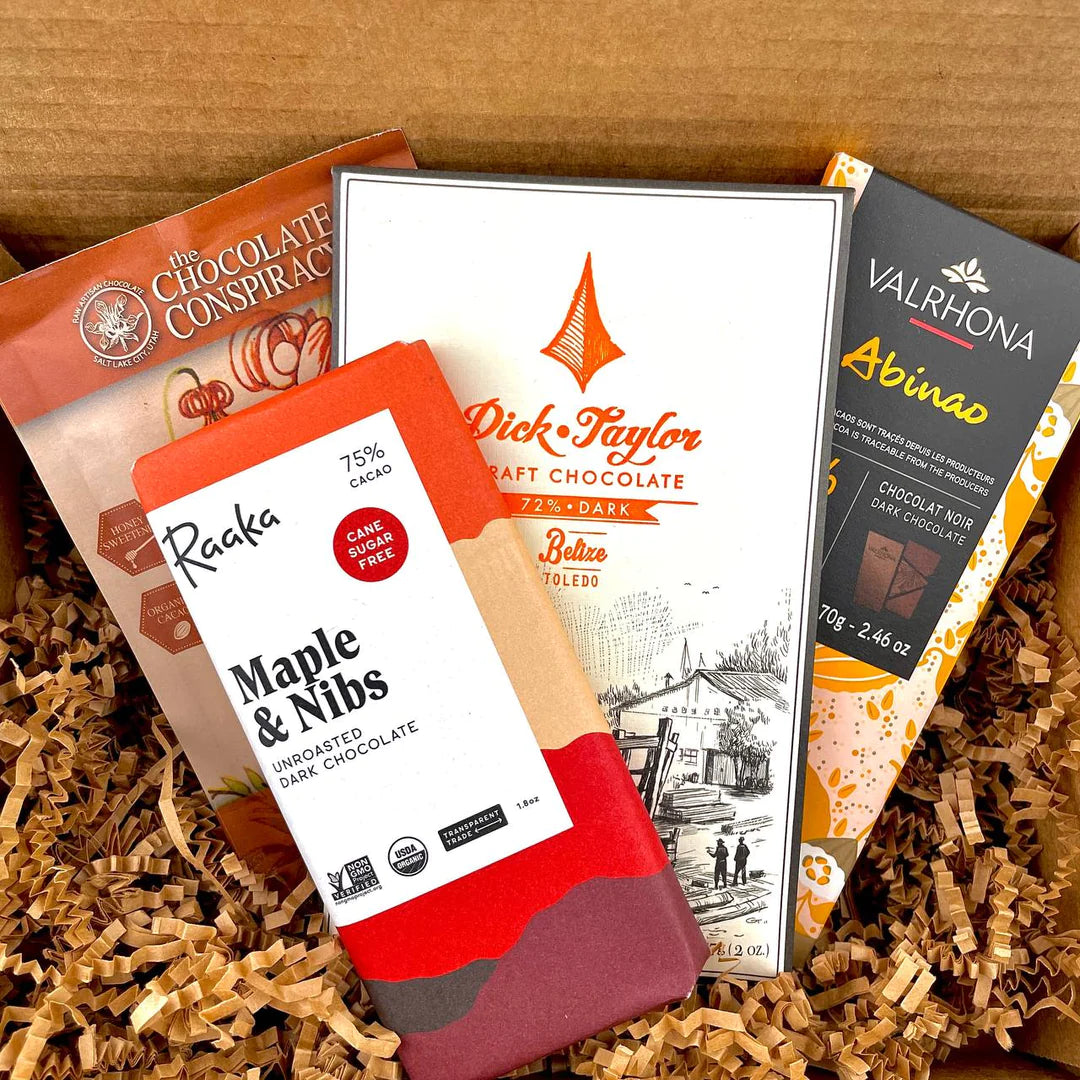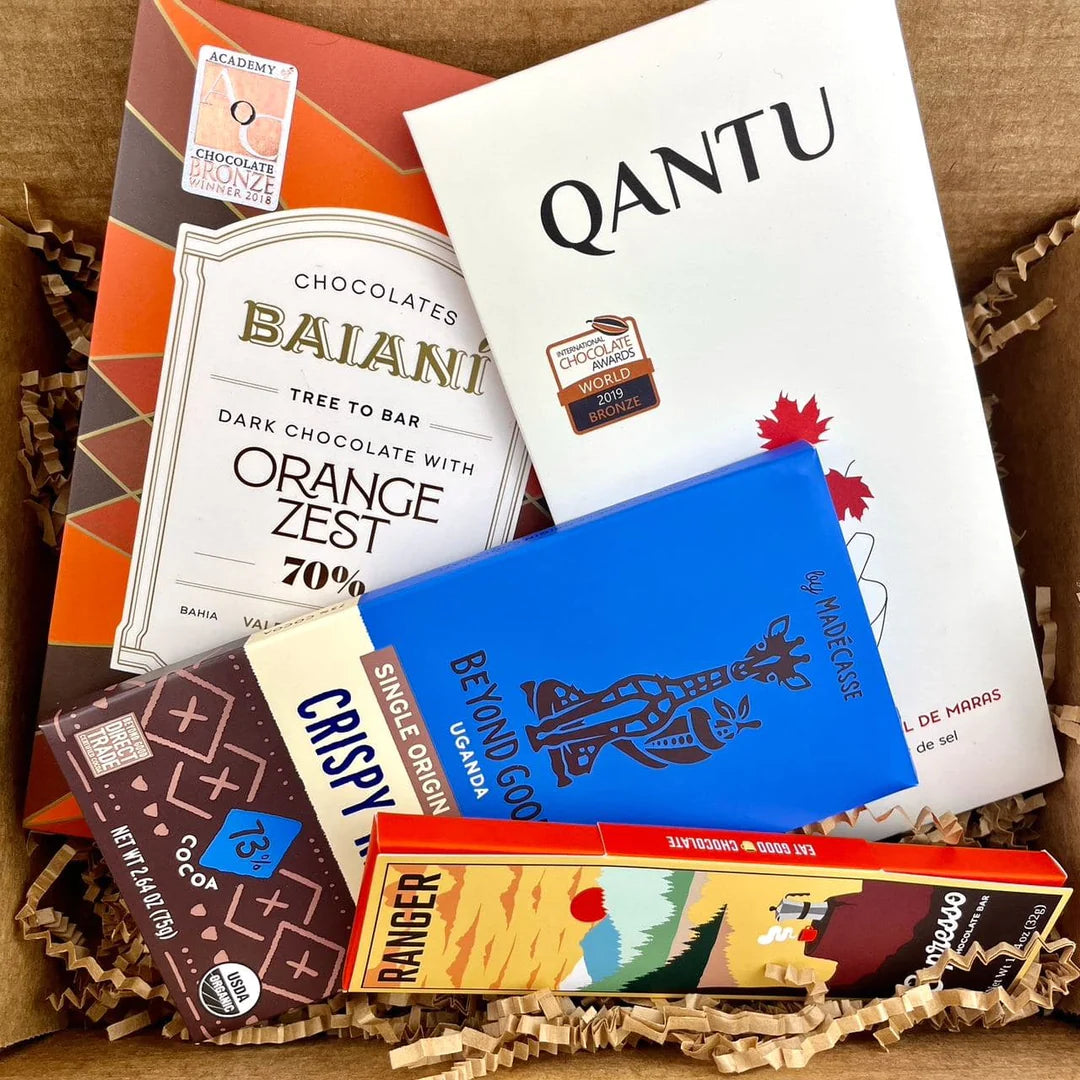As a Kekao Box subscriber, you are on your way to taste the wonderful world of delicious chocolate bars and becoming a chocolate connoisseur! To truly appreciate chocolate, the first step is to understand how to taste it. To help you achieve the ultimate satisfaction, we talked to skilled chocolate tasters to find out their techniques to better guide you while indulging in your monthly chocolates.

Victoria Cooksey
Victoria loves all things chocolate and holds a certificate of Achievement in Chocolate Technique & Mastering Chocolate Flavor from Ecole Chocolat. Besides her blog, she has a Youtube channel and Instagram page where she reviews and discusses chocolate. Victoria is also an associate writer for Chocolate Connoisseur Magazine. Victoria has worked as a consultant for various craft chocolate makers, providing feedback on taste, texture, and so forth.

"When it comes to tasting chocolate you can make it as simple or as complex as you want. Hopefully craft/specialty chocolate will help you with a pleasant pause during your day by taking a moment to open a bar, looking to see what shade of brown it is (some bars also have reddish colors also), determining how it smells, feeling what type of texture the bar has and which flavors come through.
I make sure I haven’t had food or liquid other than water about an hour before so I can taste the bar with “fresh” taste buds. It is also important not to have on perfume or scented lotion or to have washed your hands with scented soap.
Some chocolate has very dominated scents, while others are subtle so I sniff the bar at the point I broke a piece off. If the bar has something sprinkled on it such as nibs or dried fruit I smell that side as well as the non-sprinkled side.
I also pay attention to the color of the bar, the type of sound it makes when I break a piece off and the texture of it as I eat it. Some bars give a very light, juicy feel in the mouth, some feel chalky or have even rougher textures, while others might go all the way to a full-bodied full mouth sensation (think heavy cream or a thick sauce-like texture).
I always taste at least two pieces because sometimes the first piece (just like the first sip of wine or liquor) taste might seem a bit of a “shock” to the palate. I find that on the second or even a third piece, so many more flavors come through.
Sometimes a bar’s smells will also be similar to the tasting notes (it smells like caramel and it tastes like caramel for example), but I often taste bars that smell very different from what I notice in the taste. The bar’s flavor will change from the initial taste to the middle and then the finish.
I also pay attention to how long of a finish the bar has and find that other flavors present themselves even a few minutes later. While the majority of bars I taste have a five to ten-minute finish occasionally an exceptional bar might have as much as a twenty-minute finish!
It’s also important to note that everyone tastes things differently through life experiences. What tastes like molasses to one person might present more like brown sugar to the next. So you might not taste exactly what I taste, or what the maker has listed as notes on the bar. That’s ok."
Hazel Lee
Hazel Lee is a completely devoted chocolate lover. Her devotion is not with just the finished product but every step involved in making chocolate, fom the cacao pods to the finished product. She is also the creator of Taste With Colour®: The Chocolate Tasting Flavour Map, a part-time Chocolate Consultant, member of the Academy of Chocolate, judge for the Academy of Chocolate Awards, Northwest Chocolate Awards and Premio Bean to Bar Brasil. Hazel spends her free time experimenting with home bean to bar chocolate production, judging chocolate awards, visiting chocolate factories, attending and partaking in chocolate-related events across the UK and beyond. You can find more of Hazel at Hazeljlee.com.

"I like to use all five senses when tasting chocolate and I use Taste With Colour® to help me identify flavor notes. First, take a good look at the chocolate, notice the color and if it has a shine. Then listen to the chocolate as you snap a piece in half, what sound does it make?
Place a piece on your tongue and allow it to melt without chewing. Notice the speed at which it melts and the texture of the chocolate; what does it feel like? Creamy or maybe sandy? The flavors will slowly release from the chocolate as it melts on your tongue. What colors come to your mind? Go to those colored areas of the Taste With Colour® map and look at the different flavors associated with those colors. For example, I often see burgundy, red or purple colors in my mind when tasting bars made from Kokoa Kamili beans (from Tanzania). I head to these colored areas of the map and then the various flavors associated with these colors prompt me to identify the individual flavor notes that I am experiencing e.g. dried cherries.
Sometimes people can identify flavor notes immediately and they can then go to the colors associated with those flavors on the map and see if it helps prompt any more flavor notes that they are experiencing. I believe that a bar of truly great chocolate will tell you a story; different flavors will be released at different stages of the eating from beginning to end and even in the aftertaste. It's always fun to taste chocolate with friends and share your thoughts. We all taste things differently and other people's thoughts may help you discover more from your chocolate!"
Emily de Urías
Emily de Urías is the founder of Belu Cacao. Belu Cacao is a small chocolate company located in El Salvador. Belu Cacao produces single-origin chocolate bars made with two basic ingredients, top-quality Salvadorian cacao beans and pure cane sugar. Belu Cacao is also passionate about helping women from rural areas in El Salvador by providing them with fair and honest jobs. You can be sure when you eat their delicious bars, you are not only savoring good chocolate but also changing lives for women who want a better and brighter future for their family.

"If you’re going to eat chocolate for the first time (especially dark chocolate), you have to prepare all of your senses. First, you start with a clean palate (no coffee, food or other elements like toothpaste or perfume that can affect your taste buds an hour before the tasting).
Be sure to be prepared with a low sodium cracker at hand and water, to clean the palate after every tasting. Once you’re ready, start by looking at the piece of chocolate you’re about to eat. It must have a nice and subtle shininess to it. You then smell and hopefully can feel different aromas, like nuts, citrus, fruity, honey, even chocolatey, etc.
When you bite it must have the “snap” sound when broken. Take a piece, put it in your mouth and let it melt, and taste. The first seconds are very important because it will give you a better sense of the flavors you’ll truly find in the piece of chocolate. Lastly, the whole purpose is to enjoy your chocolate and be happy about it!"
Max Gandy
Max's entire life is dedicated to crafting a sustainable and delicious world by changing the way we eat & understand chocolate. Since 2015, she has been writing about chocolate on her website damecacao.com. Dame Cacao's goal is to connect consumers to quality chocolate and to the people who produce. She also hosts the podcast Chocolate on the Road.

"Whenever I'm doing a thoughtful tasting of chocolate, I always try to put a bar into context. I grab two bars of a similar percent & category (origin or maker, without inclusions), preferably ones I've already tried, and I taste them side by side.
Opening up the new bar, I check to make sure it's in-temper and then give it a deep sniff. And another. After that, I break off a piece, confirming its good temper with a hardy snap. Putting the piece inclusion-side down (if applicable), I bite into the chocolate three or four times, and then let the rest melt in my mouth.
After a minute or two, I drink some water and repeat the process with bar 2, and then return to my new bar, observing any perceived changes in flavor. I do the same with bar 3, finishing with a final bite of the new bar. This allows me to not only taste a new bar, but to put the chocolate itself into context with other origins from that maker, or with other makers using the same beans.
It gives a level of depth and intellectual curiosity to my own tastings that help me build up an interconnected map of different origins, makers, and regional inclusions. It also helps me do my job better and just makes me happy."
Estelle Tracy
Estelle is a food writer and chocolate sommelier based in Chester County, in the Philadelphia area. In June of 2015, she committed to sampling 37 US-made chocolates by her 37th birthday on Halloween of that year. The journey was documented on her Youtube channel. What started as a delicious excuse to eat a lot of chocolate turned out to be a life-changing journey that revealed a passion for craft chocolate and the people behind these bars. Estelle is also certified from Ecole Chocolat's tasting course. Now she hosts her own chocolate tastings. You can find more about Estelle and her chocolate journey at 37chocolates.com.

"To evaluate a bar, I retire to a quiet place in early mornings. Trying a piece of chocolate before the morning bustle is always a good idea but my kids usually wake me up, which makes it challenging to create an “early tasting” routine. Instead, I taste chocolate around 10 AM.
My protocol is pretty standard: I open the wrapper, smell the chocolate, look at its color, break a piece and let it melt in the mouth after a few bites. When I taste a bar, I try to pick on a flavor profile (nutty, fruity, etc.) but I evaluate other attributes, such as texture and flavor balance, and I pay attention to how flavors develop: is there a peak in the way aromas develop on the palate? How’s the finish? Am I satisfied after a bite? That’s my initial evaluation.
Over the next few days, I’ll try the chocolate at different times of the day and see how I feel. Sometimes, chocolate feels like love at first sight, but the flame doesn’t withstand the test of time. Other times, attachment grows slowly over time and I’ll realize after a few days I’m craving a certain bar. It usually takes me a week to get to the essence of a bar and that’s when I’ll usually form an opinion.
To me, chocolate tasting requires time, which is why I avoid judgment after impromptu tastings at conferences — it’s difficult to give an opinion a few minutes after a bite. Usually, I’ll know how I feel about it the next day, on my way back home. That’s when I wish I had bought more of a specific bar."
Key Points for Chocolate Tasting
Let's summarize the key takeaways for chocolate tasting.
1. Prepare Yourself.
Take time out of your day to truly enjoy the bar you are tasting. Avoid distractions and scents.
2. Cleanse Your Palate
Clear your taste buds for optimal taste, try using a palate cleanser like water or crackers in between tastes.
3. Look
How does the chocolate look? Is it dull? What's the color of the bar, it can range from pink to licorice black which will help with flavor.
4. Touch
Feel the surface of the bar and consider the texture, from smooth or grainy to creamy or dry.
5. Smell
The aroma is a component of the flavor of the bar. Note the chocolate’s profile will add another dimension to the tasting experience.
6. Snap
Break the bar off, the snap of the chocolate will determine if it's ready to be eaten and if it was properly tempered.
7. Taste
Taste the chocolate! Place it on your tongue and let it slowly melt! Try chewing it after it has melted a bit in your mouth to see if it releases more flavors.
8. Enjoy!
Note the aromas and flavors of the chocolate, is it bitter or sweet? What's the texture? Once the chocolate is done, how was the flavor? Did it linger or did it have a quick finish?
Try tasting the chocolate again, save it for another time, and find out if you experience differences. Don't forget, we don't all have the same taste buds, that's part of the tasting experience. Most importantly, have fun with it!
Chocolate Tasting Course
If you are interested in improving your chocolate tasting, attend a local chocolate tasting class - they are lots of fun, a good way to meet other chocolate enthusiasts and to learn more about chocolate!
If you live in an area where there isn't tasting classes or want to become certified, visit ecolechocolat.com. Ecole Chocolat is a professional chocolate school that has helped hundreds of graduates from all over the world discover their passion for chocolate, hone their skills, and open successful chocolate businesses. They offer a Mastering Chocolate Flavor course. The course will give you the opportunity to focus on the intricacies of chocolate flavor while helping you use chocolate more effectively in your professional or personal life.
To get started with fine chocolate, start with our Kekao Box. We search the world for the finest chocolate bars and bring them right to your doorstep monthly. From rich dark Peruvian chocolate bars to new start-up chocolate bars on the come up, you never know what you'll get inside the box!

